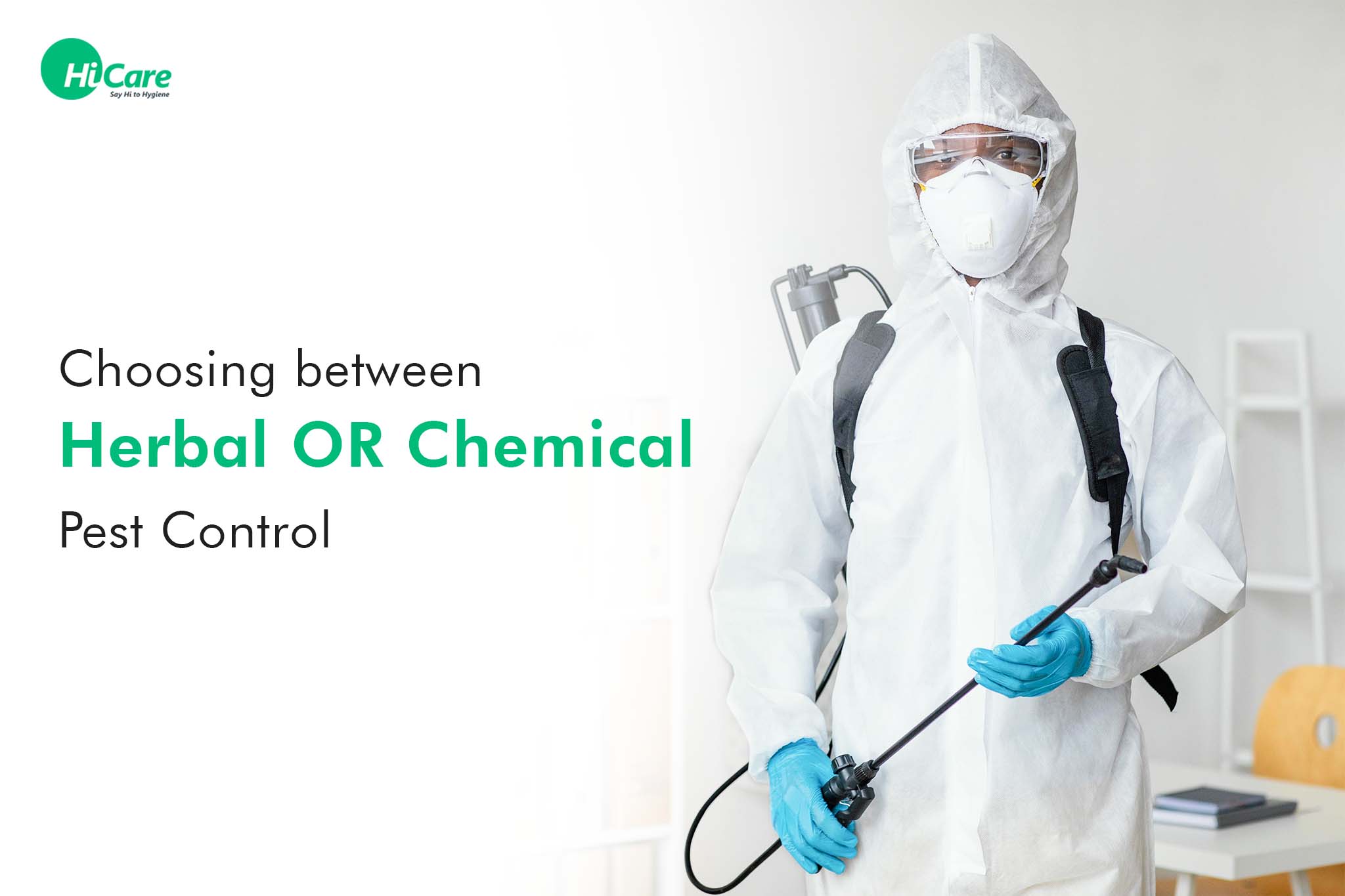A1 Charlotte Pest Control Companies - Your Regional Pest Professionals
Bed Insect Therapy Breakdown: Comparing Chemical Vs. Non-Chemical Solutions
In the realm of insect control, especially when taking care of the persistent issue of bed bugs, the option between chemical and non-chemical therapy services can be a pivotal one. Both techniques provide distinct advantages and disadvantages, influencing elements such as effectiveness, safety factors to consider, and general price. By taking a look at the nuanced details of each technique, a more clear understanding of which course to seek in resolving a bed pest invasion can be attained.
Performance of Chemical Therapies
Chemical therapies for bed pest infestations have actually been extensively identified for their potent and rapid efficiency in removing these bugs. When thinking about the efficiency of chemical treatments, it is critical to understand that they can give a quick and comprehensive option to a bed bug problem. Expert pest control specialists typically depend on insecticides to target bed bugs at various phases of their life cycle, consisting of fairies, grownups, and eggs. These chemicals generally function by interfering with the bed bugs' worried system, causing paralysis and eventual death.
Additionally, chemical therapies have the advantage of providing recurring effects, indicating that they can continue to eliminate bed pests even after the preliminary application. This recurring activity is particularly advantageous in combating any prospective re-infestations. In addition, the rapid action of chemical treatments can bring alleviation to people encountering severe bed pest problems, enabling them to restore control of their living spaces rapidly.
Security Worry About Chemical Solutions
One critical element that calls for mindful consideration when using chemical remedies for bed insect therapy is making certain the safety and security of passengers and the atmosphere. Exposure to particular chemicals utilized in bed pest treatments can lead to breathing issues, skin irritation, or various other adverse reactions, especially in people with pre-existing conditions or sensitivities.
Additionally, the environmental effect of chemical services is an additional considerable consideration. Some pesticides utilized in bed insect treatments may be unsafe to advantageous pests, wild animals, and ecological communities if they seep into the soil or water supply. It is important to use chemical treatments deliberately, complying with security guidelines, and thinking about less toxic choices to mitigate these threats and ensure the efficient and secure monitoring of bed pest problems.
Benefits of Non-Chemical Approaches
Considering the possible security concerns and environmental effect connected with chemical services for bed insect therapy, checking out non-chemical methods provides an encouraging alternative with several distinct advantages. Non-chemical therapies are ecologically pleasant, as they do not add to air or water air pollution, making them a lasting selection for pest control.
Additionally, non-chemical solutions can be effective in targeting bed pests, including hard-to-reach locations where chemical therapies may not penetrate. Techniques such as heat treatment, vacuuming, steam cleansing, and mattress coverings offer comprehensive removal without using unsafe chemicals. Additionally, non-chemical approaches can be less turbulent, requiring marginal preparation and permitting quicker reentry right into treated areas. On the whole, choosing for non-chemical bed bug therapy methods not only focuses on security and environmental defense but likewise ensures reliable and extensive parasite control.
Limitations of Non-Chemical Treatments

In addition, non-chemical treatments often call for numerous applications to achieve effective removal. This can be time-consuming and may not constantly ensure complete elimination of all bed pests and their eggs, particularly in hard-to-reach or surprise places.
Additionally, the success of non-chemical treatments greatly relies upon correct application and thoroughness, which can be testing for individuals without specialist competence. Poor application of non-chemical methods may cause incomplete removal, causing relentless infestations and the requirement for additional therapies.
For that reason, while non-chemical therapies have their benefits, it is vital to recognize these limitations and consider them when identifying the useful link most reliable approach for handling bed bug invasions.
Expense Contrast: Chemical Vs. Non-Chemical Options
Given the restrictions connected with non-chemical treatments, an essential aspect to assess in the context of bed insect management is the price comparison in between chemical and non-chemical choices. In comparison, non-chemical therapies like heat treatment or vapor can be a lot more costly, with expenses varying from $1,000 to $6,000 for an entire home. While the preliminary price of chemical treatments might appear lower, numerous therapies might be needed to totally eliminate the problem, potentially enhancing the overall price.
Conclusion

Thinking about the possible safety worries and environmental effect connected with chemical options for bed bug treatment, checking out non-chemical techniques presents a promising option with numerous distinct benefits.Given the restrictions linked with non-chemical therapies, a necessary facet to assess in the context of article source bed pest management is the cost comparison in between chemical and non-chemical alternatives. In contrast, non-chemical treatments like warm therapy or vapor can why not check here be more expensive, with expenses varying from $1,000 to $6,000 for a whole home. While the first cost of chemical treatments may appear lower, several therapies might be called for to totally eliminate the problem, possibly raising the total price.In final thought, when comparing chemical and non-chemical bed bug treatment options, it is crucial to take into consideration performance, security, benefits, restrictions, and cost.